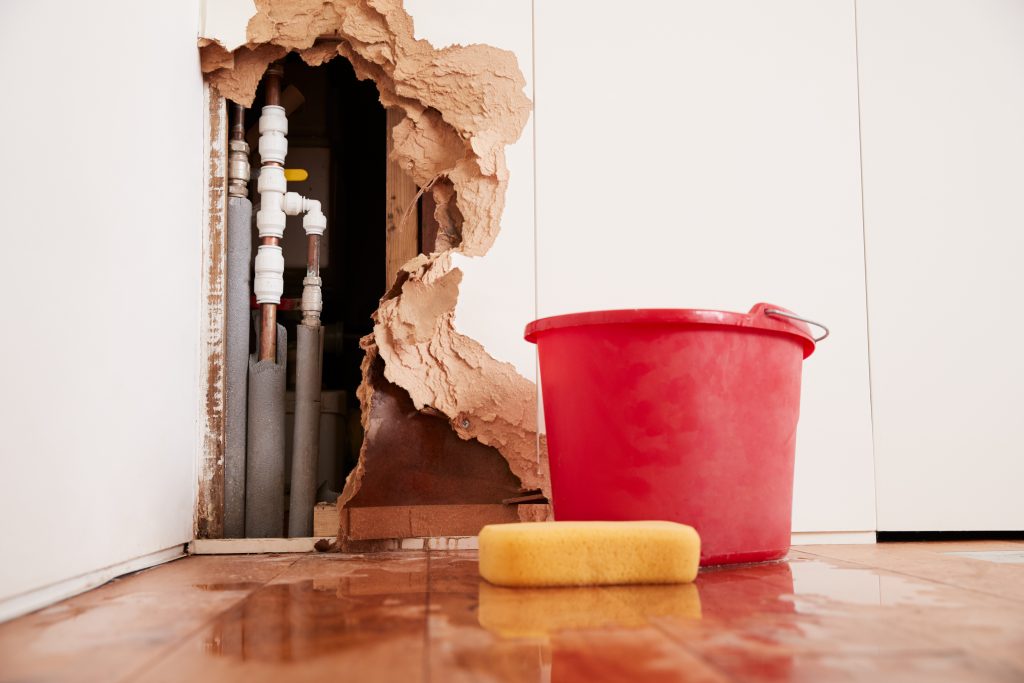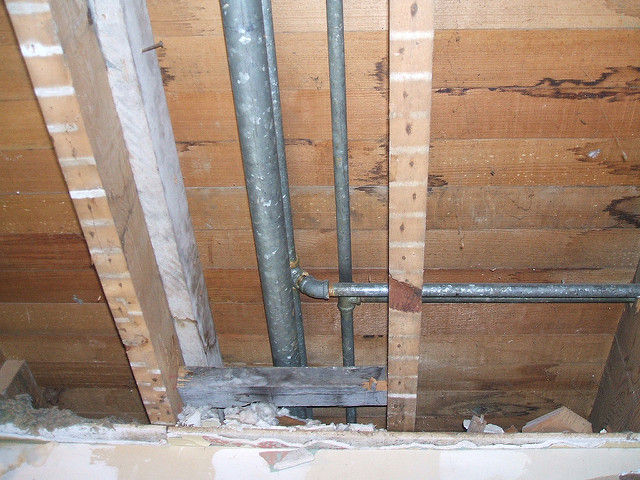Find Hidden Water Line Leaks: Six Ingenious Detection Tricks
Find Hidden Water Line Leaks: Six Ingenious Detection Tricks
Blog Article
What are your thoughts and feelings about Detecting hidden plumbing leaks?

Early discovery of dripping water lines can minimize a possible disaster. Besides saving you money, it will certainly lessen the worry as well as stress. The minute you find a leakage, calling your plumber for fixings is the best option. Nonetheless, some little water leakages might not show up. If you can not spot it with your naked eyes, below are some hacks that assist.
1. Examine the Water Meter
Checking it is a proven means that helps you uncover leaks. If it moves, that shows a fast-moving leak. This suggests you may have a slow leak that could also be below ground.
2. Inspect Water Intake
Assess your water bills as well as track your water consumption. As the one paying it, you should see if there are any inconsistencies. If you find sudden changes, in spite of your consumption coinciding, it suggests that you have leakages in your plumbing system. Keep in mind, your water bill need to drop under the exact same array monthly. An unexpected spike in your costs suggests a fast-moving leak.
On the other hand, a constant boost every month, despite having the exact same routines, shows you have a slow leakage that's additionally slowly escalating. Call a plumber to extensively check your home, especially if you feel a cozy location on your floor with piping below.
3. Do a Food Coloring Test
When it comes to water intake, 30% comes from commodes. If the shade somehow infiltrates your bowl during that time without flushing, there's a leak between the container as well as dish.
4. Asses Outside Lines
Don't fail to remember to examine your outdoor water lines too. Needs to water seep out of the link, you have a loosened rubber gasket. One little leakage can throw away bunches of water and also surge your water bill.
5. Examine as well as Analyze the Situation
Home owners should make it a behavior to inspect under the sink counters as well as even inside closets for any type of bad odor or mold development. These two red flags show a leakage so prompt interest is required. Doing regular inspections, also bi-annually, can save you from a major problem.
Extra importantly, if you understand your residence is currently old, keep a watchful eye on your heating systems, hose pipes, pipelines and so on. Check for discolorations as well as deteriorating as most pipes and devices have a life span. They will also normally weaken as a result of damage. Don't wait for it to rise if you suspect dripping water lines in your plumbing system. Call a professional plumber right away so you don't wind up with a horrible mess in your home.
Early detection of dripping water lines can reduce a prospective calamity. Some tiny water leakages might not be noticeable. Inspecting it is a proven means that assists you find leakages. One tiny leak can squander lots of water and also surge your water expense.
If you suspect leaking water lines in your plumbing system, don't wait for it to rise.
WARNING SIGNS OF WATER LEAKAGE BEHIND THE WALL
PERSISTENT MUSTY ODORS
As water slowly drips from a leaky pipe inside the wall, flooring and sheetrock stay damp and develop an odor similar to wet cardboard. It generates a musty smell that can help you find hidden leaks.
MOLD IN UNUSUAL AREAS
Mold usually grows in wet areas like kitchens, baths and laundry rooms. If you spot the stuff on walls or baseboards in other rooms of the house, it’s a good indicator of undetected water leaks.
STAINS THAT GROW
When mold thrives around a leaky pipe, it sometimes takes hold on the inside surface of the affected wall. A growing stain on otherwise clean sheetrock is often your sign of a hidden plumbing problem.
PEELING OR BUBBLING WALLPAPER / PAINT
This clue is easy to miss in rooms that don’t get much use. When you see wallpaper separating along seams or paint bubbling or flaking off the wall, blame sheetrock that stays wet because of an undetected leak.
BUCKLED CEILINGS AND STAINED FLOORS
If ceilings or floors in bathrooms, kitchens or laundry areas develop structural problems, don’t rule out constant damp inside the walls. Wet sheetrock can affect adjacent framing, flooring and ceilings.
https://www.servicemasterbyzaba.com/blog/how-to-detect-water-leakage-in-walls/

I found that piece of writing on Detecting hidden plumbing leaks while doing a search on the search engines. Are you aware of somebody else who is excited by the subject? Why not promote it. I am grateful for your time. Please come by our website back soon.
Save your home, call now! Report this page